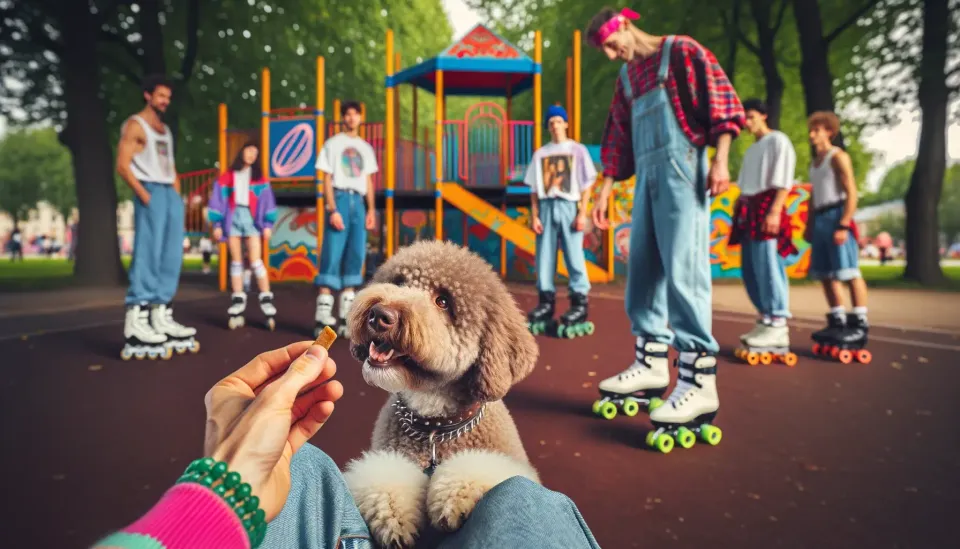What is Positive Reinforcement Training for Dogs?

Remember the days when teaching your dog a simple command felt like trying to convince a toddler to eat their veggies? The struggle, the frustration, and that longing look in your dog's eyes, almost saying, "Why can't we just play fetch?" Well, there's a method that not only makes training more enjoyable but also strengthens the bond between you and your furry friend: Positive Reinforcement Training.
A big shoutout to Dogs That for shedding light on this topic. For a deeper dive and some practical demonstrations, check out their video.
Positive Reinforcement Training isn't just a modern fad. Its roots trace back to the works of pioneers like B.F. Skinner, who emphasized the power of rewards in shaping behavior. Over time, this method has evolved, moving away from punishment-based techniques to a more nurturing and cooperative approach. The significance? It aligns with the kind of relationship we want with our pets: one built on trust, understanding, and mutual respect.
Why Positive Reinforcement Training is the way to go?
- It's All About the Good Vibes: Imagine learning to dance. Would you prefer a partner who yells every time you step on their toes or one who celebrates when you nail that tricky move? Positive Reinforcement is like the latter dance partner. It focuses on rewarding the good, making the learning experience a joyous jig rather than a tedious tango.
- Building Trust, Not Fear: With Positive Reinforcement, you're building a bond based on trust. There's no fear of punishment. It's like having a friend who's got your back, rather than a strict teacher with a ruler in hand. And we all know, a happy dog is a waggy-tailed dog!
- It's Science, Baby! This isn't just a feel-good method; it's backed by science. Studies have shown that animals (humans included!) are more likely to learn and repeat a behavior when rewarded for it. So, if you're into evidence-based techniques, this one's got the stamp of approval from our lab-coated friends.
- Flexibility is its Middle Name: Whether it's treats, toys, or a good ol' belly rub, you can tailor the rewards to what your dog loves. It's like customizing your playlist – some dogs are all about the classical (cheese treats), while others are rock 'n' roll (squeaky toys).
- Less Stress, More Success: Punishment-based methods can lead to anxiety and stress for both the dog and the owner. Positive Reinforcement, on the other hand, is like a spa day for training. It's relaxed, stress-free, and leaves everyone feeling good.
- It's a Two-Way Street: This method isn't just beneficial for dogs; it's great for owners too. It teaches patience, understanding, and the art of celebrating small victories. Plus, who doesn't love seeing their dog's face light up with joy?
Practical considerations
- Tools & Hardware: At its core, Positive Reinforcement Training doesn't require fancy gadgets. It's about understanding what your dog values. This could be treats, toys, or even a simple pat on the head.
- Methodologies: The process begins by identifying what your dog loves. Is it cheese? A game of fetch? Once identified, this becomes the reward. The next step is to grow the number of environments where your dog will accept this reward, gradually expanding from familiar settings like the living room to more distracting places like the park.
- Challenges: One of the main challenges is consistency. Dogs, much like us, can have off days. It's essential to remain patient and consistent in your approach. Another challenge is understanding the difference between rewarding behavior and bribing. The goal is to have the dog act because they associate it with a positive outcome, not because they see a treat in your hand.
Positive Reinforcement Training is more than just a method; it's a philosophy. It's about building a relationship with your pet based on mutual respect and understanding. The broader implication? A happier, more confident dog that's eager to learn and please. So, what's your take on this? Have you tried this approach? How did it transform your relationship with your pet?
